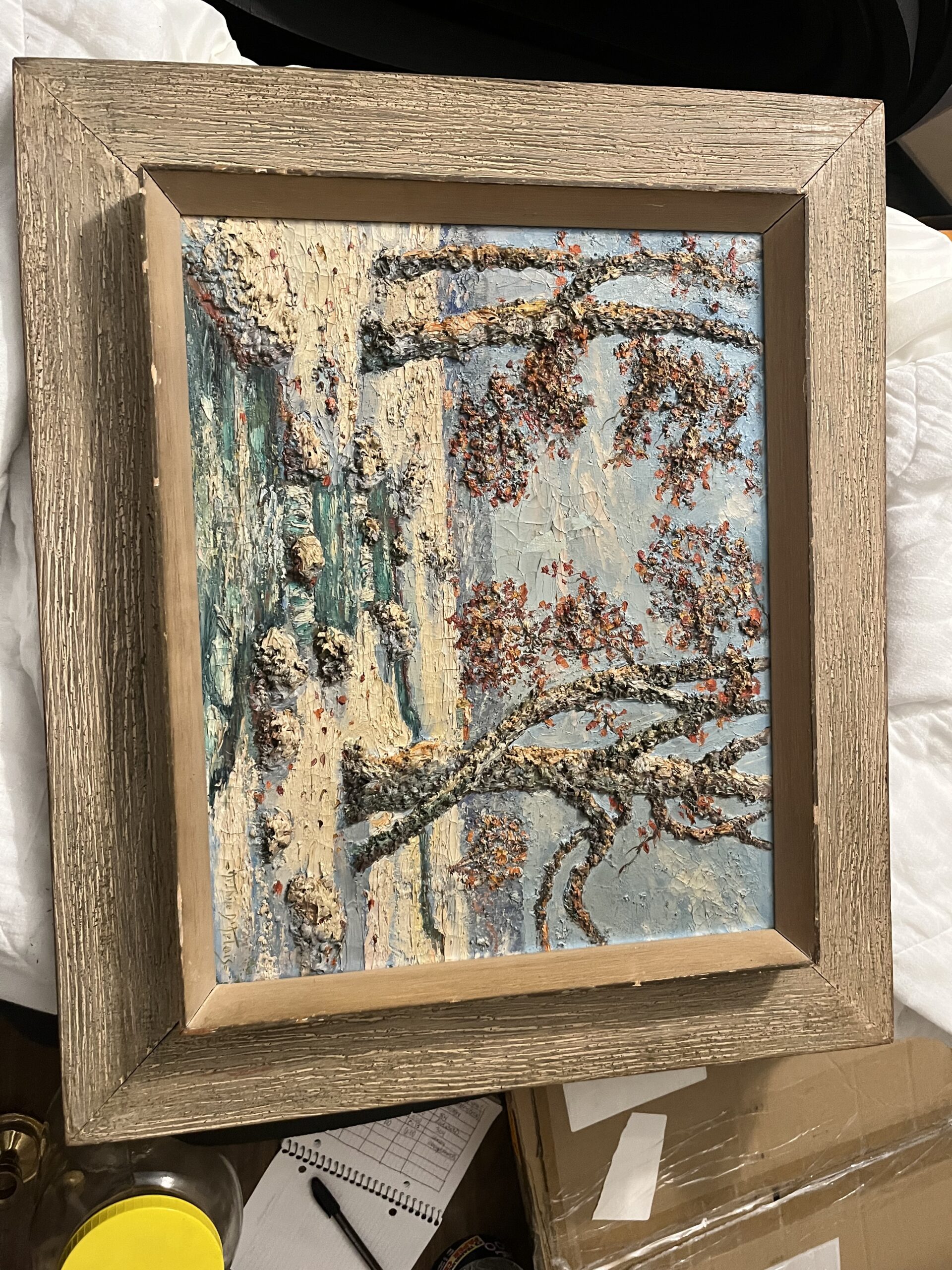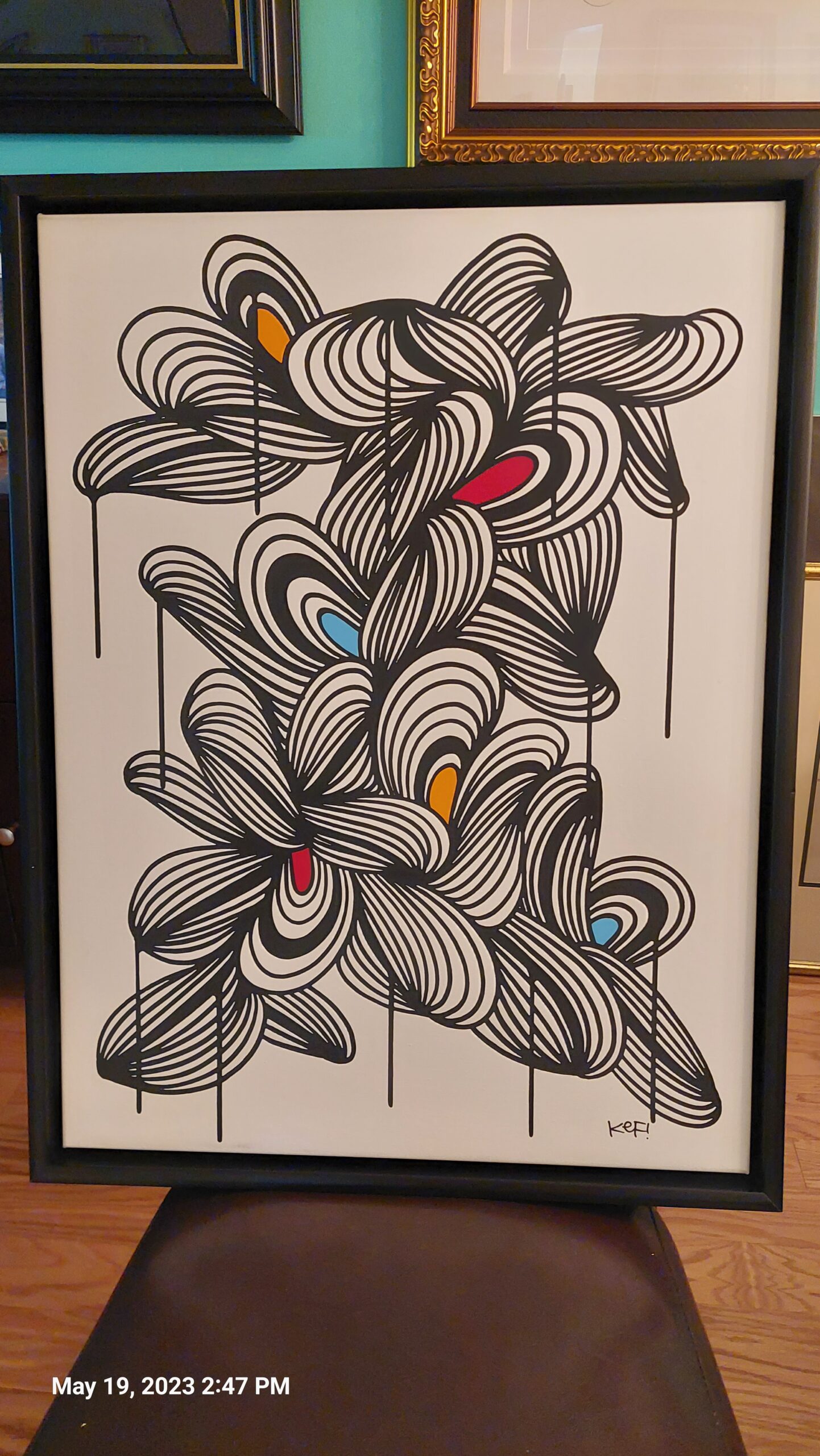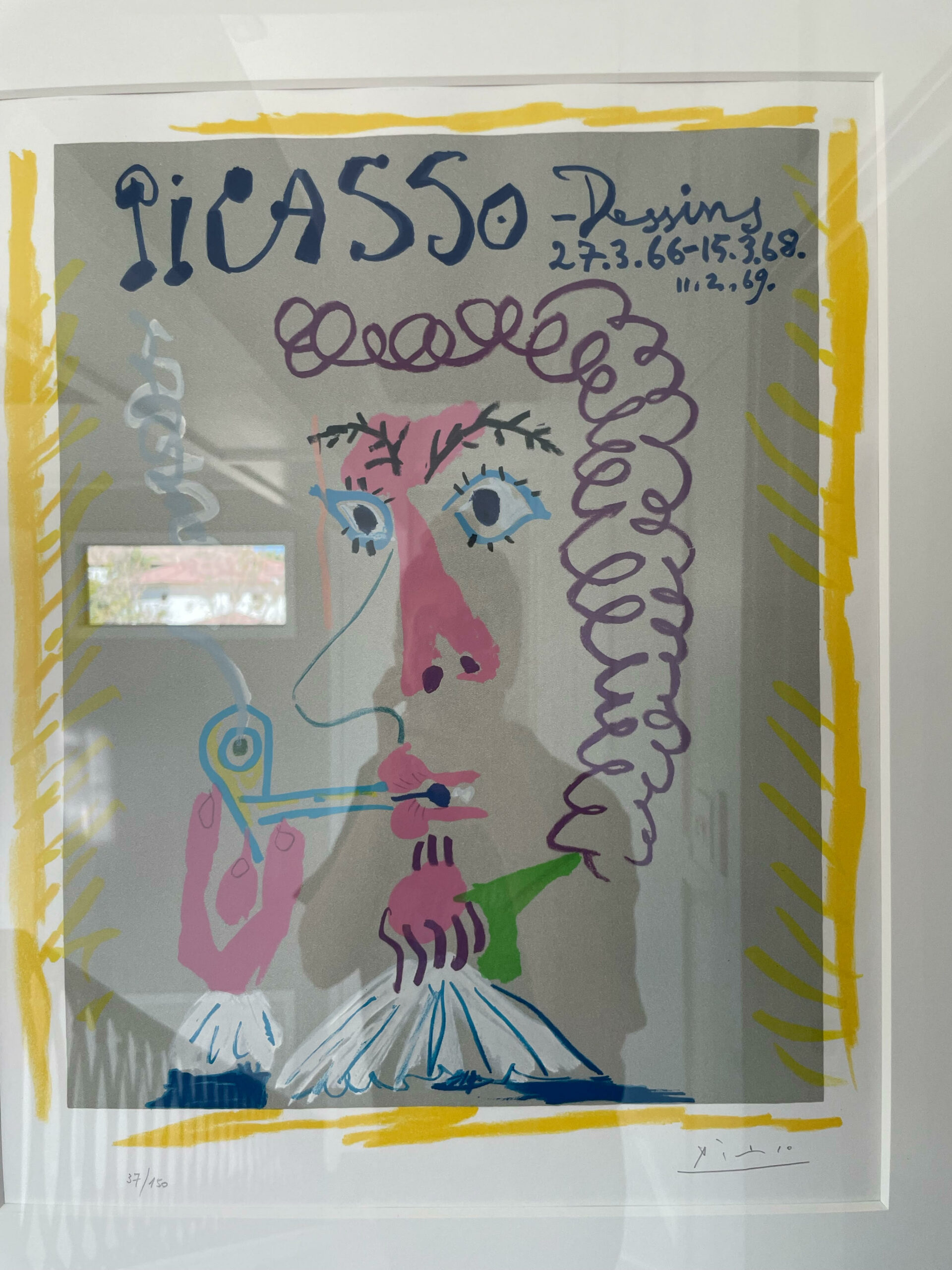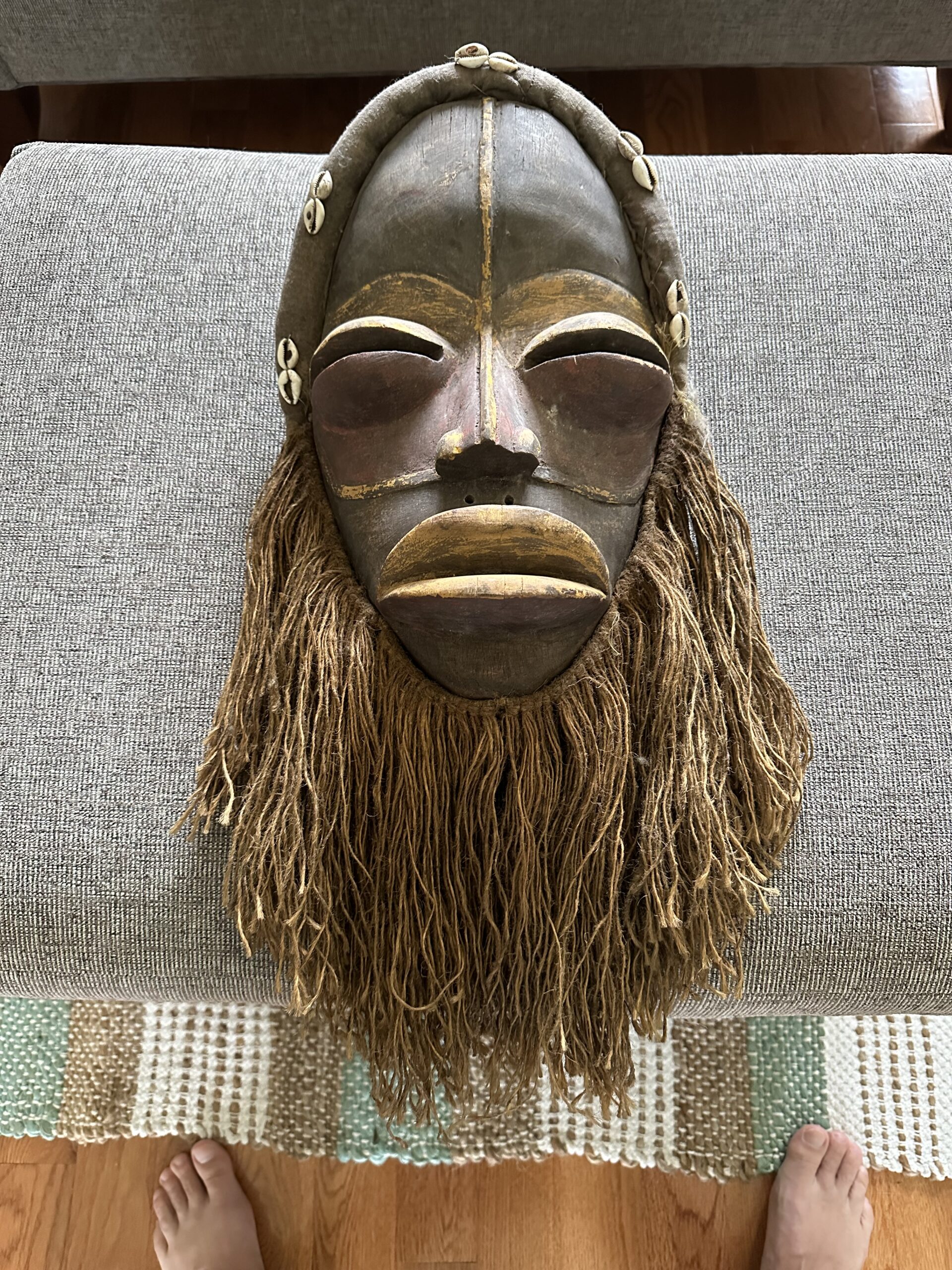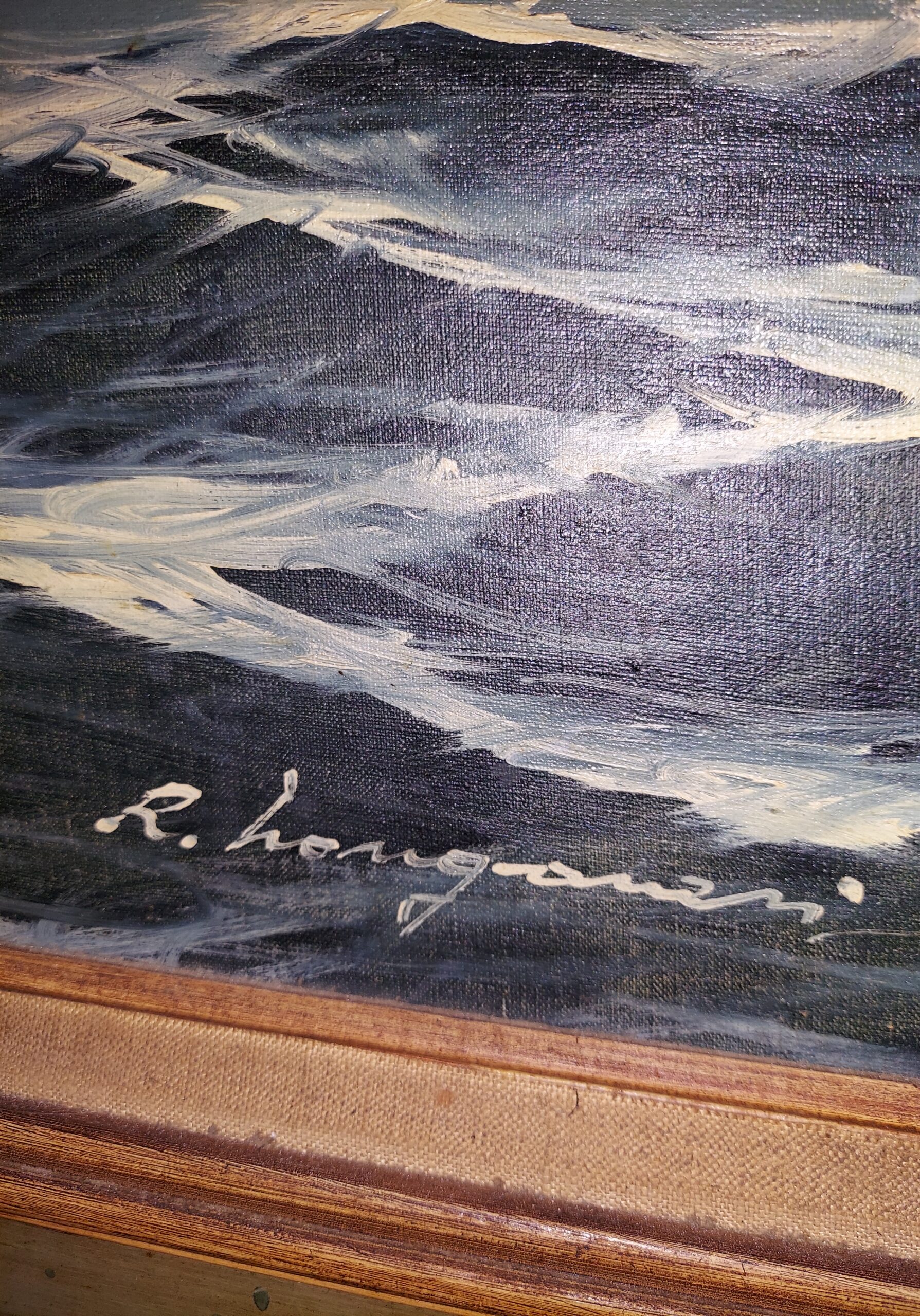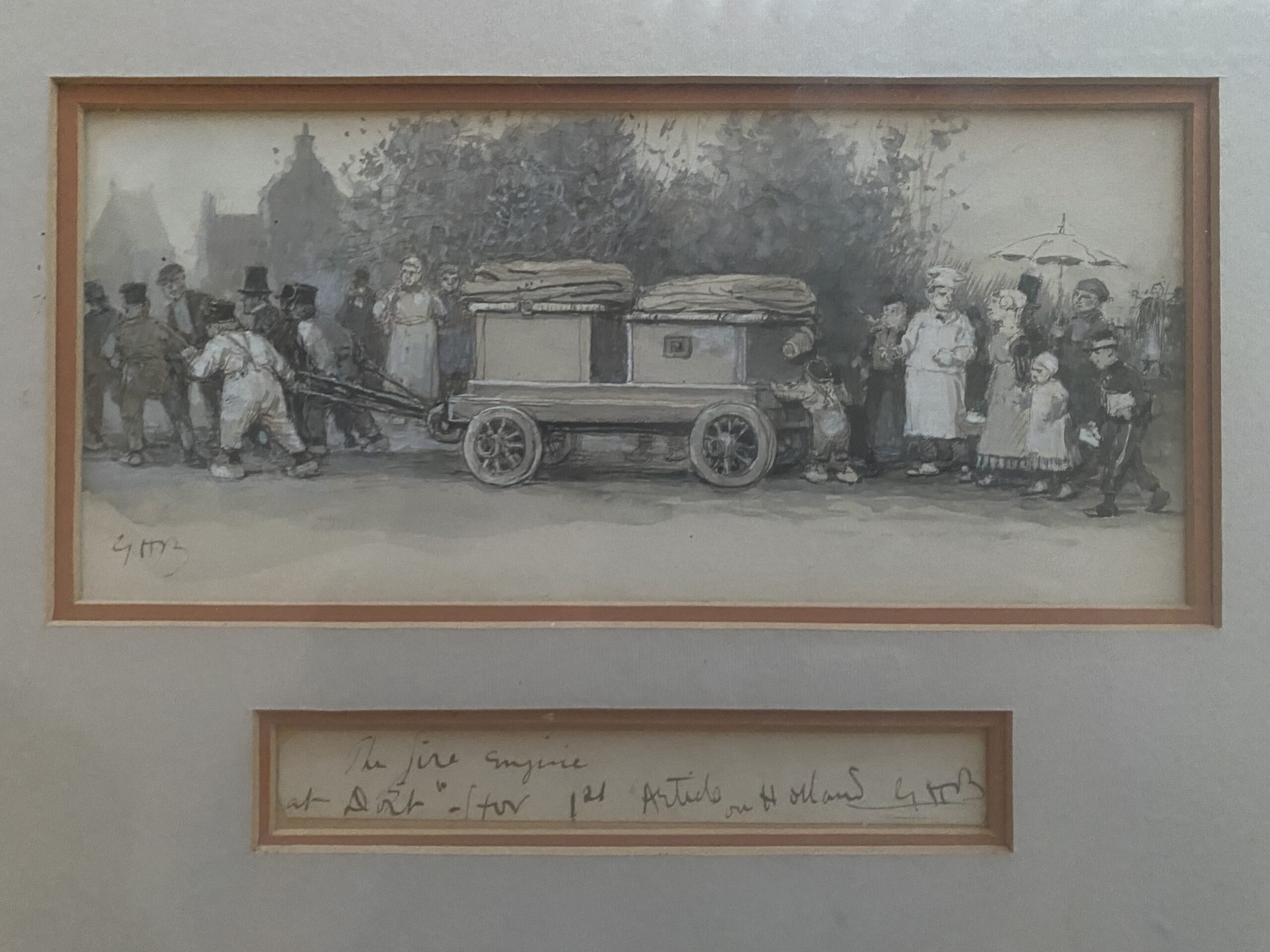A Mongolian Thibetan Antique Panchastavi Shloka Recitation
This is a professional appraisal report for provided upon request. It contains a detailed description and evaluation of your . This document also includes information about how to sell your item and about the valuation method we’ve used. Keep in mind that the appraisal value is only applicable to this particular unit and should NOT be understood as a general valuation of . It is very important to understand this, as values can range from 100 to 100K depending on subtle details.
This report is designed to give you an appraisal value for the you own, whether it is furniture, china, glassware, or other types of antique or collectible items. The information provided will help you to understand your piece and its value. It also provides an appraisal value in US dollars, as well as how to sell it. This report is not intended to encourage you to sell your antique; rather it aims to provide information on your antique’s value so that you know what steps to take if you do wish to sell.
Description and history of
This is a Mongolian Thibetan Antique Panchastavi Shloka Recitation.
Identification
A Panchastavi Shloka Recitation is a popular form of devotional prayer in Hinduism. The practice consists of reciting a set of five stevas (verses) written in ancient Sanskrit, offering thanks and praises to Lord Shiva for his blessings. The ritual usually takes place on auspicious occasions or festivities and can be led by an experienced priest or religious leader. By repeating the mantras from the shlokas, devotees can connect spiritually with Lord Shiva while showing their devotion. A vibrant atmosphere is created as devotees encircle the leader, joyously chanting away; it’s considered to be both an emotionally cleansing and enlightening experience.
Provenance
Mongolian and Tibetan culture have a great reverence for dragons, as evidenced by the representation of dragons in art throughout their countries. Dragons are a powerful symbol to many people in Mongolia and Tibet, representing strength, magic, luck and wisdom. The dragon is often depicted as either guardian or ally in Mongolian and Tibetan art, with a particular style that can be recognized distinctly from other cultures. Dragons appear often on murals, sculptures and jewelry designs in these countries, creating an especially strong visual impact. Even though some of the mythology associated with dragons may differ between Mongolia and Tibet, their presence remains deeply connected to each culture regardless.
We can see in part of this document clear references to Tibetan culture. That’s why this manuscript is Tibetan.
Age
The age is really difficult to spot without a carbon dating test. For this document, I will assume it was made circa 15-16th Century as most of them were made during that time.
Style
The style of Mongolian Thibetan Antique Panchastavi Shloka Recitation hearkens back to a much older form of communication, one among many pre-modern musical modes used by cultures around the world. It can be seen as an ecstatic act in its own right, capable of both inspiring wonderment and profound reverence. The recitation is marked by a multilayered texture of rhythm which gives the proceedings a great sense of depth and spaciousness. When performed correctly, the unique sonic landscape created is enough to transport any listener, regardless of background and culture, to another realm entirely.
Appraisal Value ($)
$5,000-6,000.
Appraisal Report made by:
Andrés Gómez
BSc, MSc, Expert Art Appraiser
10+ years of experience in online antique and collectible appraisals.
100k+ Customers Served.
Antique Store Owner.
You can check my portfolio of past appraisals here:
https://www.appraisily.com/andres-portofolio/
Signature:

We have Experts online now.
Pictures received.
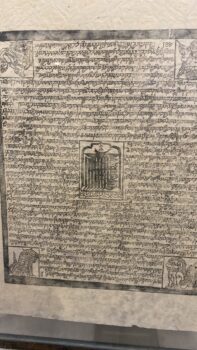
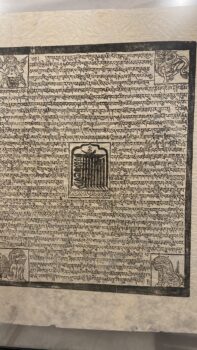
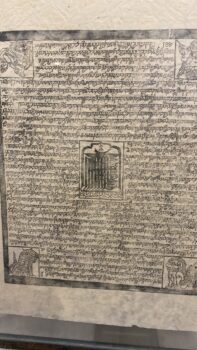
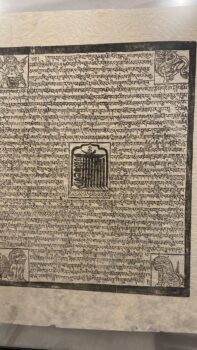
How to sell it
Antiques, art, and other collectibles are difficult items to sell online. Selling can take a lot of time. Be patient, but also make sure that the price you are asking for is the right one for your pieces of art. Consider the following tips on how to sell antiques and collectibles online: These tips will help maximize the price of your antique or collectible.
I would recommend selling it online. There are many ways to do this. For instance, Post an ad on Craigslist. Use eBay to sell antiques online. Post a listing on the Etsy marketplace. Sell with direct messages using Instagram. You can create a website using Squarespace or WordPress. Use Shopify to sell via a website, POS and social channels. List your items on Bonanza.com, Facebook Marketplaces, or Amazon Marketplaces. If you don’t have time, I would recommend starting with Facebook, Etsy, and Amazon.
The key to selling antiques online is to let potential customers know that you know what you are talking about. It’s much more difficult to sell something when the potential buyer can’t be sure it’s authentic. Sellers should use a well thought out descriptive guide like this one. A good lead generation service should be helpful in establishing these relationships with online buyers, and an effective way to do this is through classified ads. If a buyer asks for more information, giving them some valuable facts well ahead of time will get you more sales because your reputation will increase and real customers are the ones who ask for more details.
In order to sell your antiques online, you will need to create a profile on the relevant forum (Etsy, Amazon, and FB). Make sure you add a high-resolution image of the product (include at least 3 detailed photos) and add some text. The text should be informative and straight to the point; nothing fancy or fluffy.
Asking price is a big factor in selling your antique. If your asking price is too high (fancy company stickers, missing parts, or chipped paint), you are unlikely to get many bids. If the asking price is too low, it will cost you money for repairs, shipping, and insurance. As a general rule, I would recommend setting an asking price that is 80% of the value of this report, so you will make the listing attractive from the beginning.
About the valuation method
This is a detailed report of the value of your piece. To determine the value, the appraiser has considered the results from past auction sales. Keep in mind that the final price can be different from the asking price that you can find on the internet. You can see ads on the internet with different asking prices. However, a very high asking price doesn’t normally find cash from a buyer.
That’s why our method comprises searching and comparing similar past sale results that had a buyer. That’s why we can provide an accurate estimation of this item.
To get an accurate valuation of your antique piece, I considered the following: description, condition, and possible precious metal content. History, age, provenance, and the importance it has played in history are also considered. A crucial interest is a collector’s willingness to buy this piece. While some antiques are really collectible, others are really difficult to sell, and hence their value decreases.
Antiques can be a good investment. A piece’s year of manufacture, condition, rarity, and history can all influence an antique’s value.Antiques, when bought wisely and carefully, can provide many good years, even decades, of enjoyment before their value appreciates significantly. Antique furniture, paintings, prints, and maps are not only useful works of art but also tangible assets. Their value in the market increases every year, making them great long-term investments for people who want to diversify their assets.

